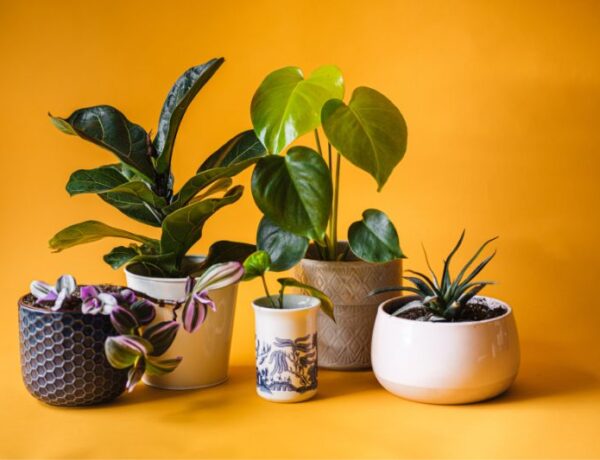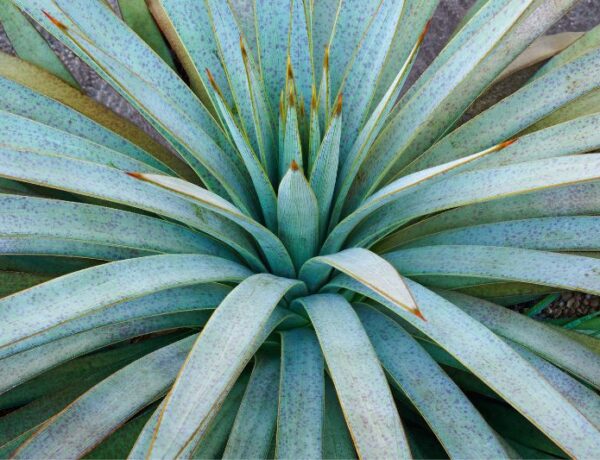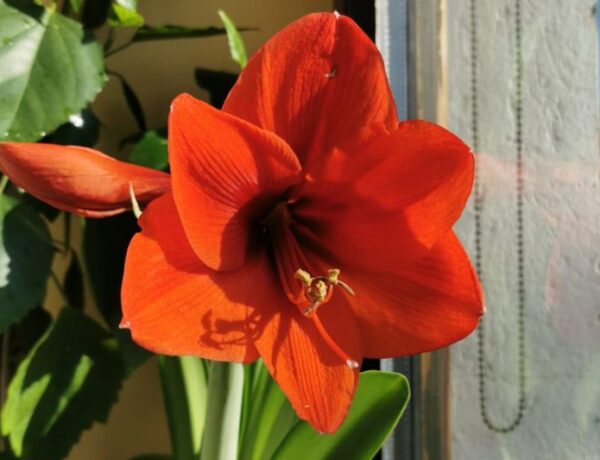Love has inspired countless poems, songs, and stories. But did you know that this emotion is also symbolized in the world of flora?
Plants, flowers, herbs, and even trees have their own silent language that speaks of love in unique ways. From the velvety petals of a red rose to plants with heart-shaped leaves, each has a story to tell.
This article will take you on a journey through the world of plants that express love, touching upon their symbolism, fascinating history, and cultural importance.
Table of Contents
Indoor Plants
1. Anthurium
Known as the “flamingo flower,” Anthurium symbolizes love, friendship, and hospitality.
In Greek, Anthurium means “tail flower,” which compliments its unique appearance. Its bright red, heart-shaped “flower” is actually a spathe, or waxy, modified leaf flanking a spadix.
2. Heartleaf Philodendron
Its heart-shaped leaves make Heartleaf Philodendron a natural symbol of love and devotion.
Native to the American tropics, these plants are believed to bring positive energy into a household. In some cultures, it is gifted as a wedding present or housewarming gift to symbolize a happy home filled with love.
3. Orchid
Representing love, luxury, beauty, and strength, the orchid is a multifaceted symbol.
In ancient Greece, orchids were associated with virility, and it was believed that consuming orchid tubers could determine the gender of an unborn child.
Flowers
4. Red Rose
The iconic flower of deep affection and passion, a red rose is a universal symbol of love. In Greek mythology, the red rose was associated with Aphrodite, the goddess of love.
5. Tulip
Particularly red tulips, symbolize perfect, true love. It’s also said that the tulip’s velvety black center represents a lover’s heart, that has been darkened by the heat of passion.
6. Camellia
Stands for admiration and love between two people.
In Japan, the camellia flower is used in religious and sacred ceremonies. It symbolizes the divine, and it is often considered an emblem of the winter season, symbolizing the promise of spring and love to come.
Herbs
7. Basil
Often linked to deep affection and love.
In Romanian lore, if a man accepts a sprig of basil from a woman, it means he is officially engaged. Basil has also had its place in Hindu tradition, where it is considered a sacred herb symbolizing love and eternal life.
8. Rosemary
Represents remembrance and fidelity.
During the Middle Ages, rosemary was often used in wedding ceremonies. The bride would wear a rosemary headpiece, and the groom and wedding guests would all wear a sprig of rosemary.
9. Lavender
Known for its calming properties, lavender also symbolizes love and devotion.
In ancient texts and folklore, lavender is often listed as one of the herbs used to attract love. It was also believed to protect against cruel treatment at the hands of a spouse if worn.
Trees
10. Apple Tree
Apple trees are often associated with love, knowledge, and fertility. Their fruit has been a symbol of temptation and desire throughout history, making them a complex symbol of love.
11. Cherry Blossom Tree
In Japan, they symbolize love, the fragility of life, and the fleeting nature of beauty.
Cherry blossoms have a short bloom time, which in Japanese culture symbolizes the transient nature of life and love, reminding us to cherish each moment.
12. Fig Tree
Represents abundance and hidden treasures, including hidden love.
The fig tree has its place in biblical lore, often cited as a symbol of fertility and abundance. In some interpretations, it also represents forbidden love or hidden passions.
Wrapping it up
The green world around us has much to say about love, if only we’re willing to listen. Each plant, flower, herb, or tree we’ve explored carries a legacy of love stories, traditions, and beliefs from cultures around the world.
Whether it’s the allure of an orchid or the enduring qualities of rosemary, these living symbols remind us to express love freely and treasure it in all its forms. As you bring these plants into your home or gift them to someone special, may they not only beautify your space but also fill it with the timeless essence of love.






No Comments